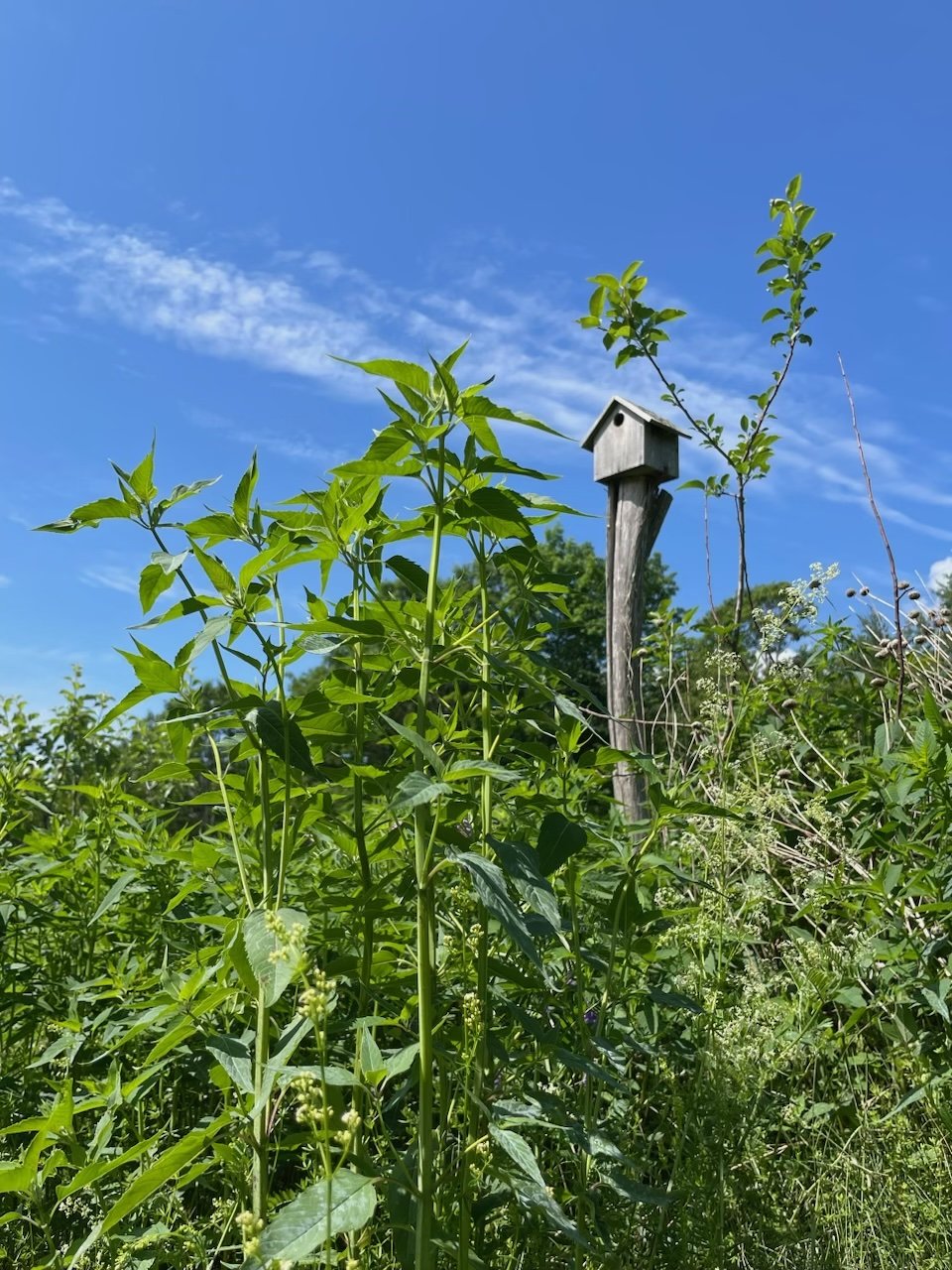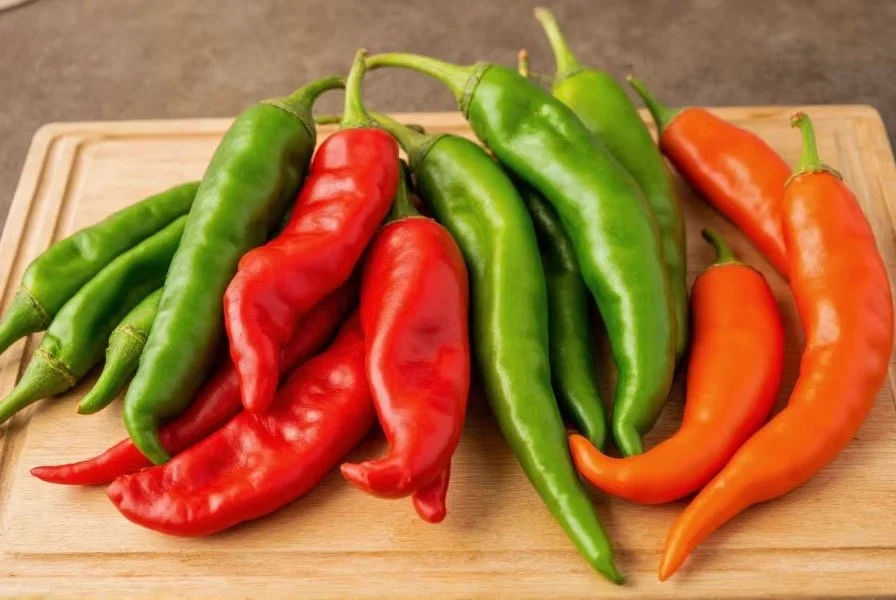Today in the orchard
(Today’s report by Skylar). I spent some hours putting in more transplants around young apple trees in the BRC. I watered them in, along with the others that we planted a few days ago. I brought five gallon buckets to the pond in the center of the orchard, chatted with the duck as I filled up them with water, added seaweed extract to each, and then gave each transplant a good watering. Later I returned to the Finley Lane Orchard to continue weeding around the apple trees.
Monarda at Finley Lane, June 26, 2025
Here on the farm we have been chatting about plant identification. When we first learn to identify a plant, we pick up on certain features; the leaf shape, bark texture, flower color, and so on. We observe these plants using other senses too; their smell, the way certain parts feel, and even sometimes the way they sound. John and I laughed about how easy it is to know when nettles (Urtica dioica) are in your presence because as soon as you touch them you are greeted with their unmistakable sting. As I weed around the apples, I have built a new familiarity with the native bee balm (Monarda fistulosa) that surrounds many of the trees. In previous years I recognized it onlyly when it was in bloom. I’ve recently learned that its smell is another notable feature, especially when it’s not flowering. I know immediately when I have accidentally cut a young bee balm stem because I am wafted with their minty, Thai basil scent. At a certain point we no longer have to think and remember the name of the plant we are seeing, we just know. Our brains have the incredible ability to put together all these little details and commit them to memory. These plants become like friends that we recognize in an instant at the grocery store, on a hike, or at a concert. Our brains light up and say, “Hey I know you!”




